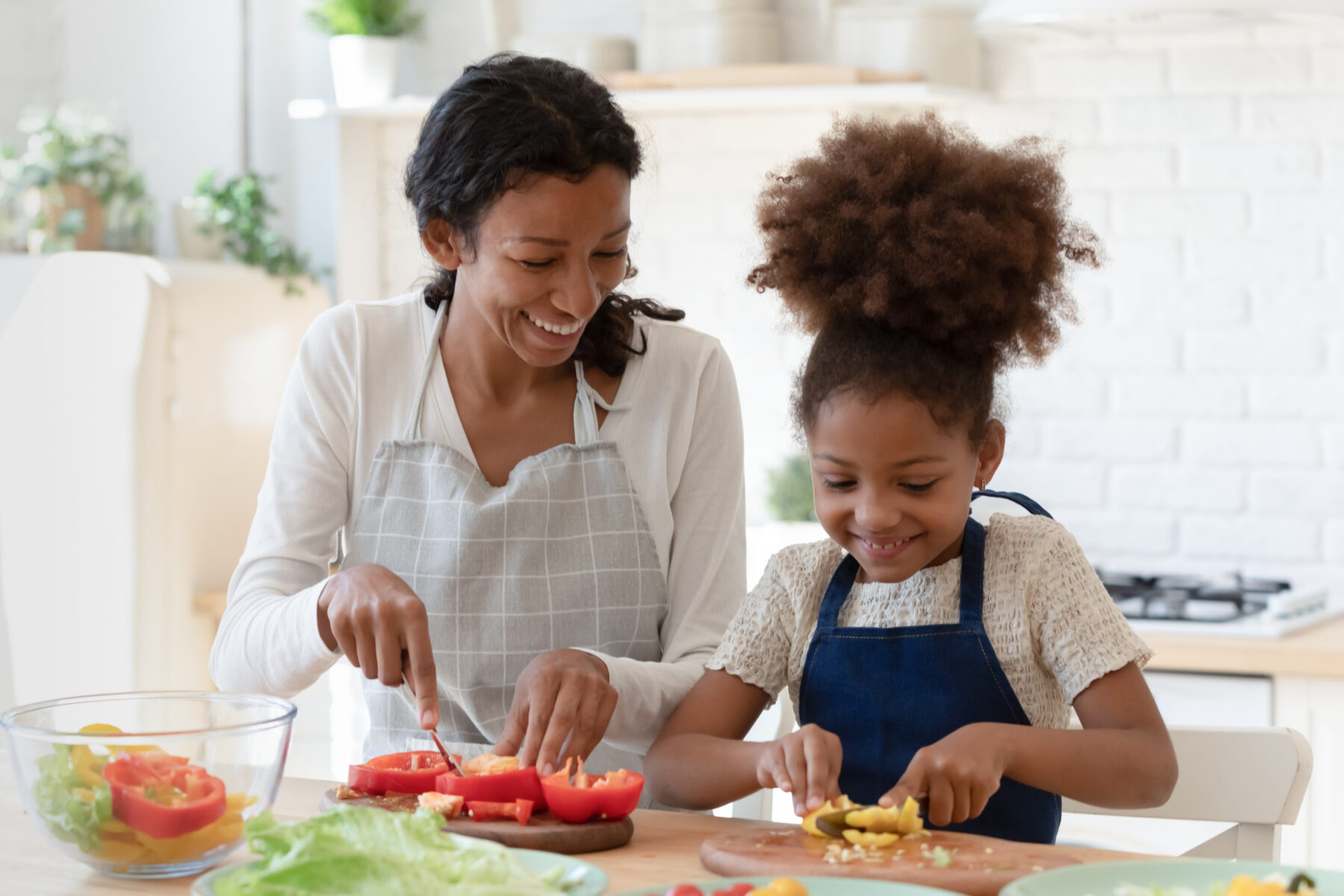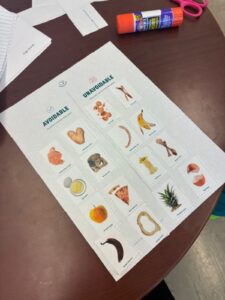CFCWR Blog

“Made for Kids”: Resources to Help Teach Kids about Food Conservation and Waste Reduction
Written by: Brenna Ellison
If you have kids at home, you might be more likely to experience food waste (FYI – you are not alone! Research shows households with kids generate more waste). Maybe you are trying to introduce them to new foods, maybe they told you they wanted pasta for dinner and then changed their mind at the last minute to a PB&J, maybe they brought home some of those infamous daycare germs and you don’t want to eat what’s left on their plate…the list could go on.
While we cannot always predict, or prevent, the food waste that happens at home, we can teach our kids about the food they eat – where it comes from, the resources that go into its production, what happens when we waste it – in an effort to build an appreciation not only for the food, but also the land, water, energy, and labor that went into bringing that food to their plate.
This post highlights some educational resources that were designed specifically to teach kids about food conservation and waste reduction – you can even search for these now in our CFCWR Resource Library using the new “Made for Kids” ![]() resource type filter. These resources span all ages (K-12) and can offer simple activities as well as full lesson plans. These resources are great for educators and parents alike who are looking to teach the kids in their lives more about the food they eat.
resource type filter. These resources span all ages (K-12) and can offer simple activities as well as full lesson plans. These resources are great for educators and parents alike who are looking to teach the kids in their lives more about the food they eat.
Note: There are even more “made for kids” resources in our library that are worth checking out; here, I cover resources that are no-cost and easy-to-access (do not have to create an account).
Food Waste Warriors
Developed by the World Wildlife Fund, the Food Waste Warriors curriculum has ready-to-go educational toolkit for school-aged kids in all grades (K-2; 3-5; 6-8; 9-12). Each toolkit has age-appropriate activities to help kids understand where our food comes from, what food waste is and why we want to avoid it, how much food waste is happening in their homes or at school, and how they can be part of the solution to reduce it. Toolkits for the older students also include more content on how to make a difference in your own community at a larger scale. Note: users are required to enter an email address and some personal info (name and zip code) to access the materials, but they only have to do it for the first toolkit they want to download. Any subsequent downloads will bypass this step.
Too Good To Go Next Gen
While you may be familiar with the Too Good To Go app that helps connect consumers to surplus food (at a discounted price!) from nearby stores and restaurants, they also recently launched Too Good To Go Next Gen, which are resources designed for kids ages 6-11. They offer two handbooks (What in the world is food waste? and How to avoid food waste); each has multiple activities that are designed to teach kids more about food waste. There are also many opportunities for cutting and gluing, which is always a big hit in my house! I tried some of the activities at home with my own kiddos – my 6 yo really enjoyed learning about what is avoidable vs. unavoidable food waste (and still asks me to quiz him at home!) and learning where food should be stored (e.g., pantry, countertop, refrigerator). This lesson was also useful to me (as the adult in the house!!) as it provided information about different temperature zones in your refrigerator and which ones are better for storing certain types of food.

Food Matters Action Kit
This action kit was developed and made available by the Commission for Environmental Cooperation, and it is SO comprehensive!! It offers over 70(!) hands-on, guided activities to engage kids (ages 5-13) and youth (ages 14-25) in reducing food waste, including topics such as where does food come from, celebrating “ugly” food, food innovators, food rescue and sharing, get composting, and so much more. Youth can also earn five badges (e.g., Systems Thinker, Innovator, Grower-Chef) to unlock the Food Waste Master badge and become a Food Waste Hero. AND, the action kit is available in English, Spanish, and French!
Camp Waste Not
Camp Waste Not is part of an educational campaign developed by WRAP specifically for the city of Denver, Colorado – but the resources are great no matter where you are! Kids can work on earning their Food Scout Badges, such as Stalk Star for finding ways to use your broccoli stalks (they also provide ideas!) or Fridge Patrol for making sure your leftovers in the fridge don’t go to waste. In the Camp Store, you can also find a Kahoot quiz that would be good for a quick and easy activity to teach kids about food waste in a classroom, club, or summer-camp type of setting.
Helping kids learn more about the foods they eat is so important, and it doesn’t have to be a huge undertaking! There are many great resources out there to help you get started, and they cover a wide spectrum of topics related to food conservation and waste reduction. Check out the CFCWR Resource Library for a full listing of resources “made for kids”. Know of other resources that we might have missed? Share those with us too!
This work is supported by the Agriculture and Food Research Initiative, project award no. 2024-68015-42110, from the U.S. Department of Agriculture’s National Institute of Food and Agriculture. Any opinions, findings, conclusions, or recommendations expressed in this publication are those of the author(s) and should not be construed to represent any official USDA or U.S. Government determination or policy.
